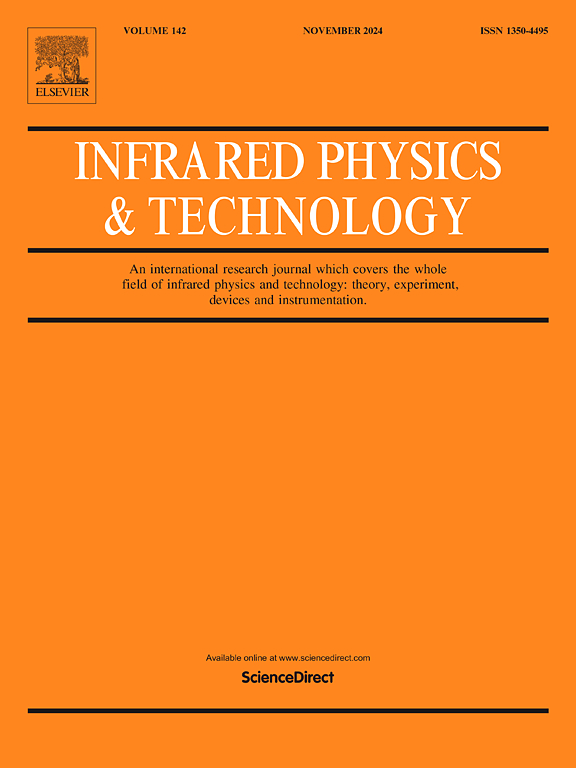Infrared attitude measurement signal parameter estimation based on gradient zero-crossing method
IF 3.1
3区 物理与天体物理
Q2 INSTRUMENTS & INSTRUMENTATION
引用次数: 0
Abstract
Prior to measuring the attitude of a projectile using contemporary infrared techniques, it is necessary to calibrate the output signal parameters of the infrared sensor. These measurements are influenced by factors such as the projectile’s flight path, surrounding vegetation, and geographical region. To address the issue that the calibrated infrared attitude signal parameters lack applicability for long-distance flights across varying regions and vegetation, a novel method for estimating infrared attitude measurement signal parameters has been developed. This method is based on the gradient zero-crossing method. Based on the gradient information derived from the infrared sensor, the extrema of the infrared signal can be converted into zero-crossing points. By utilizing the update of the maximum value within the nearest half-cycle as the time base, the maximum and minimum values of the infrared attitude measurement signal in the last nearest half-cycle are obtained through interpolation with an approximate uniform variable-speed model. Consequently, the model parameters of the attitude measurement signal, which are applicable to the current projectile flight environment, are estimated and updated. By changing the experimental environment, the feasibility of the infrared signal parameter estimation method for attitude measurement based on the gradient zero-crossing method proposed in this paper is verified. Compared with the calibration results in the same environment, the relative errors of amplitude and bias parameter estimation are respectively less than ±0.81% and ±0.11%. This proposed parameter estimation method addresses the issue of fixed calibration parameters in attitude measurement signals, thereby enhancing the versatility of the infrared attitude measurement method for projectiles.
求助全文
约1分钟内获得全文
求助全文
来源期刊
CiteScore
5.70
自引率
12.10%
发文量
400
审稿时长
67 days
期刊介绍:
The Journal covers the entire field of infrared physics and technology: theory, experiment, application, devices and instrumentation. Infrared'' is defined as covering the near, mid and far infrared (terahertz) regions from 0.75um (750nm) to 1mm (300GHz.) Submissions in the 300GHz to 100GHz region may be accepted at the editors discretion if their content is relevant to shorter wavelengths. Submissions must be primarily concerned with and directly relevant to this spectral region.
Its core topics can be summarized as the generation, propagation and detection, of infrared radiation; the associated optics, materials and devices; and its use in all fields of science, industry, engineering and medicine.
Infrared techniques occur in many different fields, notably spectroscopy and interferometry; material characterization and processing; atmospheric physics, astronomy and space research. Scientific aspects include lasers, quantum optics, quantum electronics, image processing and semiconductor physics. Some important applications are medical diagnostics and treatment, industrial inspection and environmental monitoring.

 求助内容:
求助内容: 应助结果提醒方式:
应助结果提醒方式:


